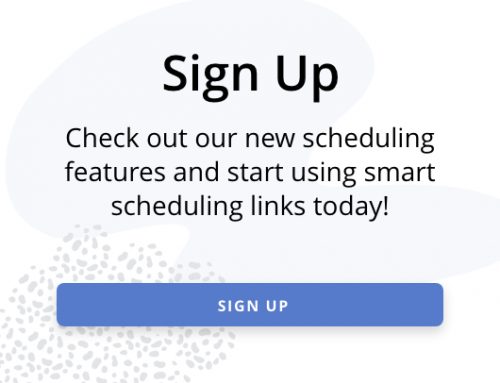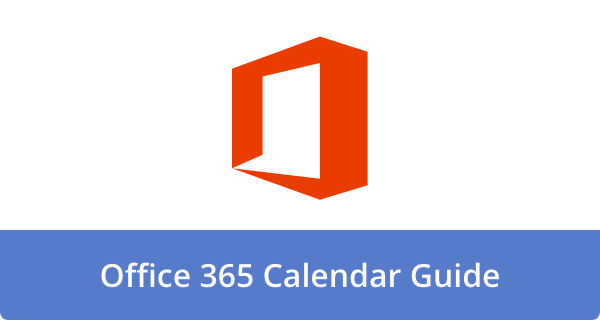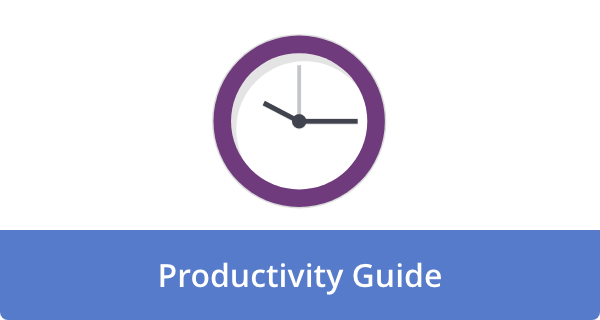
Retail trading platform Robinhood announced an increase in profit for the first quarter of the year on Wednesday. The company’s financial gains came as clients actively traded to protect their investments during volatile market conditions.
The financial services company, known for its commission-free trading model, saw higher trading volumes as market participants sought to hedge their positions amid unpredictable market movements. This increased activity translated directly into revenue growth for the platform.
Market Volatility Drives Trading Activity
The first quarter of the year was marked by significant market fluctuations, prompting Robinhood users to adjust their investment strategies. As markets experienced ups and downs, retail investors turned to various trading options to protect their portfolios from potential losses.
This defensive trading behavior created a favorable business environment for Robinhood, whose revenue model benefits from increased transaction volume. The company’s platform facilitated these trades as users responded to changing market conditions.
Retail Investor Behavior
The profit increase highlights how retail investors remain active participants in financial markets despite economic uncertainties. Rather than withdrawing from trading altogether during volatile periods, Robinhood’s client base demonstrated sophisticated trading behaviors by implementing hedging strategies.
Hedging, a risk management technique where investors take offsetting positions to minimize exposure to price movements, became increasingly popular among retail traders using the platform. This trend shows the growing financial literacy among individual investors who previously might have been less likely to use such strategies.
The company’s performance demonstrates how market volatility can actually benefit trading platforms when investors remain engaged rather than stepping away from markets entirely.
Financial Performance Details
While specific figures were not disclosed in the announcement, the profit increase represents a positive development for Robinhood, which has faced challenges in maintaining growth after the trading surge during the pandemic period.
The company’s ability to generate profit growth during the first quarter may signal a more sustainable business model that can perform well across different market conditions. This could reassure investors concerned about the platform’s long-term prospects.
The first-quarter results follow several strategic moves by Robinhood to diversify its revenue streams and expand its product offerings beyond stock trading, including:
- Enhanced options trading features
- Cryptocurrency trading capabilities
- Cash management services
- Retirement account options
These expanded services may have contributed to the company’s ability to capitalize on market volatility by providing users with more tools to implement their hedging strategies.
The profit growth comes at a time when many financial technology companies have struggled with changing market conditions and higher interest rates. Robinhood’s performance suggests the company may be finding its footing in the current economic environment.
As markets continue to navigate economic uncertainties, Robinhood’s first-quarter results indicate that retail trading platforms can benefit from periods of market volatility when they provide the tools investors need to manage risk and adjust their strategies accordingly.











Howie Jones
My name is Howie and I'm a Customer Success Manager at Calendar. I like to ensure our customers get the best experience using our product. If you have questions email me howie at calendar.com